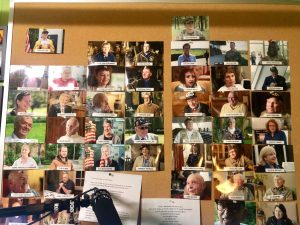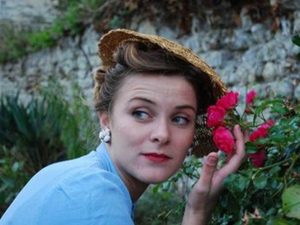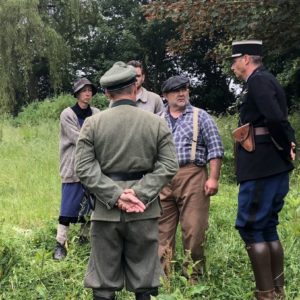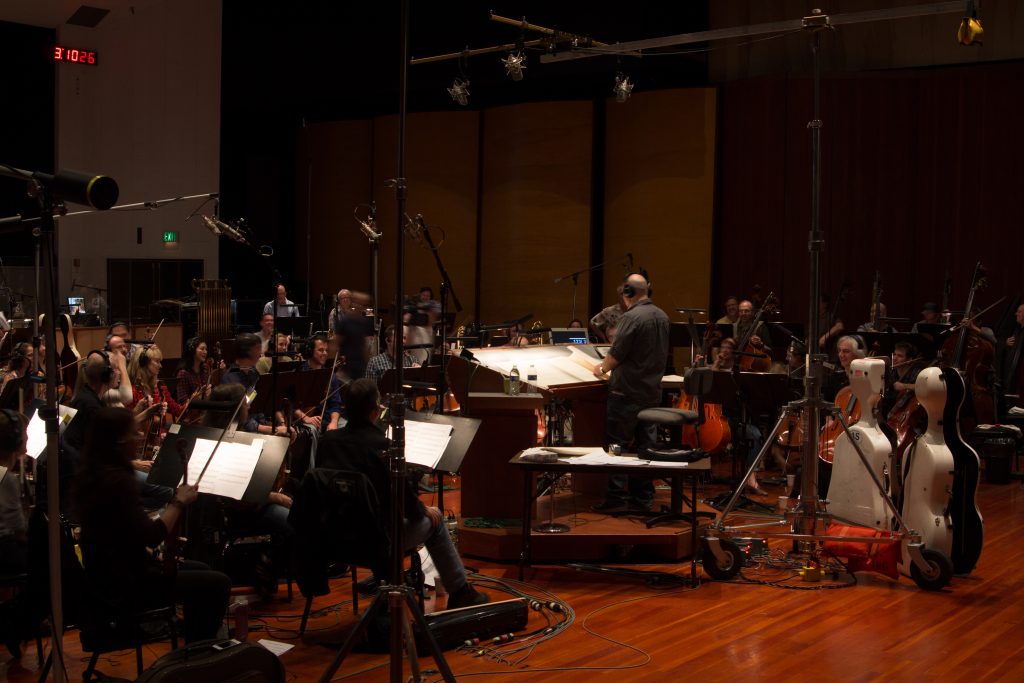We get many questions from people that find their way to our website or one of our social media sites. One common question is “Why are you always fundraising?” The answer to the last question is there is still so much to be done and this is a small independent film financed by donations. Another common question is “What are you working on now?” The answer is we are in the post production phase and primarily editing, but what does that mean.
 Editing
Editing
Film editing takes the impossible and makes it possible. Editors take the hours and hours of footage, log it, add meta tags, trim out unusable bits, and identify the best pieces to tell the story of the film. Their work is both highly technical and extremely creative. If done well the audience will rarely notice, if done poorly …well let’s not go there. In this video, Christian explains why this process is especially difficult for our film.
Editing is not the only post-production step that needs to be completed in order to have our first focus group event.
Rewriting
During the editing process filmmakers often realize rewrites will be needed. Rewriting is exactly what you think it would be and while often necessary, this process can also be terrifying at the same time.
Graphics
Graphics have been a part of movies for the beginning. Graphics guide the viewer giving them information as they watch the film. The title cards and lower thirds give a reference to the time, place and people of the movie. This is especially critical in a documentary where the cast is literally hundreds of people telling different parts of one story.
 Color Grading
Color Grading
Color grading or color correction is the last step on the visual side of the movie. This involves balancing all the light levels between each shot. One-shot can be too dark and another too bright, all depending on a host of variables like location, weather, or time of day. Filmmakers can also use the overall “color” of a scene or the entire film to influence the appearance and mood of the film.
Picture Lock
Eventually, after many, many hours the story and images align and you reach picture lock. We are shooting for picture lock by April 6th. This does not mean that the movie is done, it merely indicates that the story and supporting visuals crafted into their final sequence.
Score
We are so blessed at The Girl Who Wore Freedom because our score is being created by the amazing, Jeff Kurtenacker. You can read about his experiences with the Production team last summer in his post: Scoring Freedom and Hope.
Before creating the score, decisions are made on which instruments reflect the mood of the movie and the themes of the film. Composers are often called to create an overall musical theme for the film as well as supporting musical themes. We all know from personal experience the wide range of emotions that an excellent score adds to a film. The score is the very heart and soul of a film and Jeff’s score really communicates the heart of The Girl Who Wore Freedom.
 Sound Effects and Sound Mixing
Sound Effects and Sound Mixing
Sound effects editing is responsible for two main things; making space for the dialog to be heard distinctly by possibly removing extra sounds or other noise reduction techniques. Then they ensure that everything which makes noise makes the correct noise. In our film, you will hear sounds of 1940’s WILLYS jeeps, soldiers marching, machine-gun fire, beach sounds, crowds, and marching bands, plus many other things the viewer wouldn’t expect. Sound mixers then take all of the sound elements in the movie adjusting and balancing levels managing the dynamic range of the audio. Artistically, it may necessary for a sound to louder or softer for momentary effect. However, if your audience is constantly listening to elements that are either too loud or too soft, it ruins the viewing experience.
As you can see there are a lot of production steps remaining before we can take our film to France at the end of May. Our goal has always been to participate in the 75th-anniversary celebrations this year in Normandy. This goal is extremely ambitious because making documentaries is a lengthy process, taking anywhere from 3 to 10 years. If we succeed our project will have been completed in an amazing 16 months.
Want to learn even more about the making of The Girl Who Wore Freedom? Check out our new podcast called Documentary First. You can listen to each episode here on our website or subscribe to your favorite podcast distribution network: iTunes, Stitcher, Google Music, RadioPublic, or Spotify!
This post was authored by:



Recent Comments